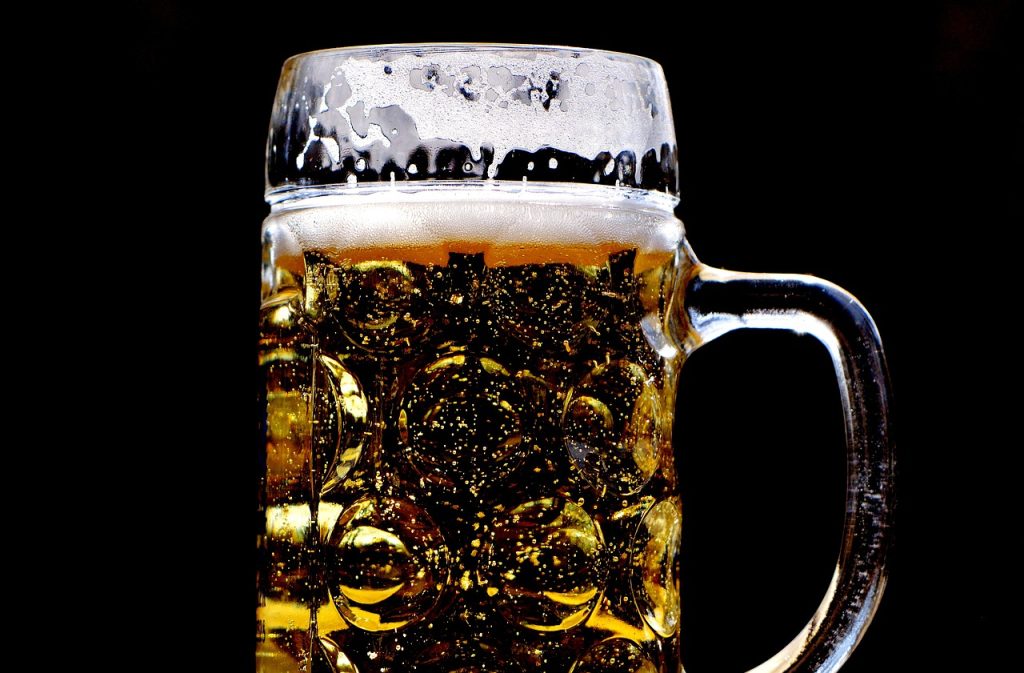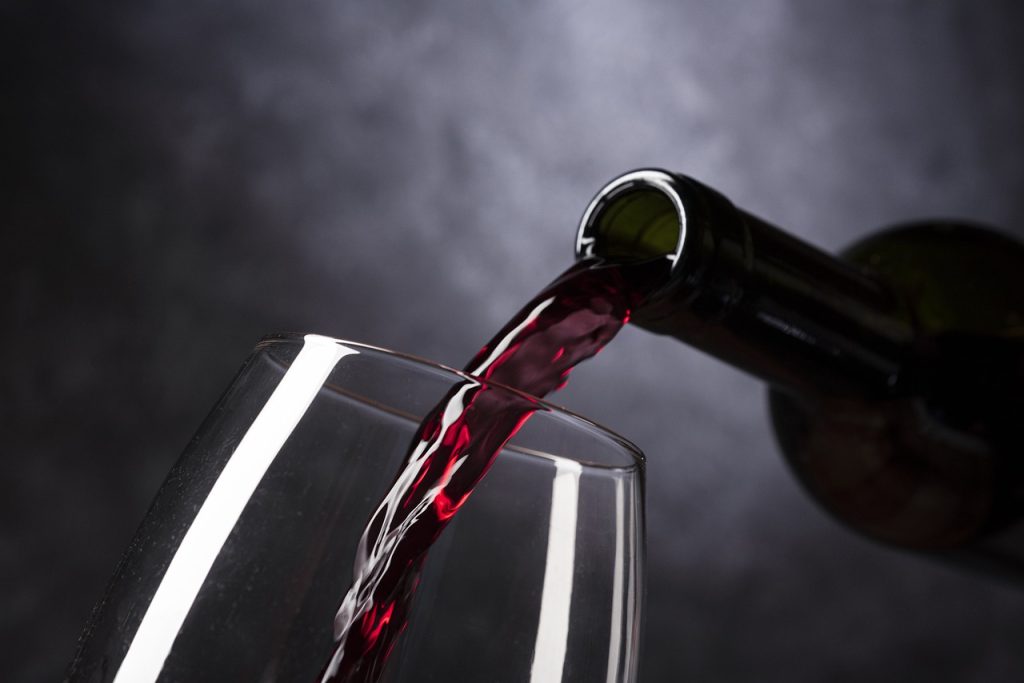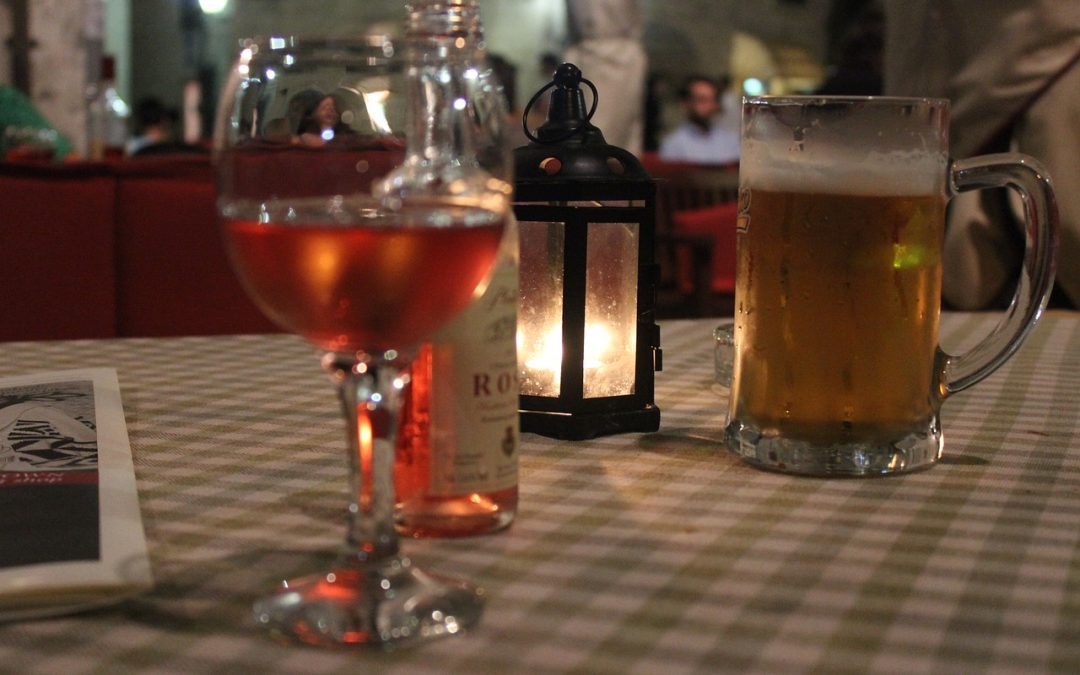It might be challenging to know how to engage in alcoholic beverages while leading a healthy lifestyle. What alcoholic beverage has the fewest calories? And how does drinking impact your attempts to lose weight?
Wine vs. Beer: The Difference
Two of the most consumed alcoholic beverages, beer, and wine, differ significantly from one another not only in flavor but also in terms of the nutrients they contain. The number of calories in beer, which is created from grains and yeast, depends on the type you consume. Some brands and varieties are designed to be lighter than others (and hence healthier). Wine is fermented from the sugars derived from grapes. With just some water, grape juice, and yeast and you can have yourself a basic wine.
Due to their lower alcohol content and component richness, light beers often contain 60 to 120 calories per serving. Depending on the brand and ingredients, dark beers, which are a little heavier and frequently include more carbohydrates, have between 100 and 300 calories.

Generally speaking, dieters might opt for lighter beers with less calories and less alcohol. Beer normally contains between 4 and 7 percent alcohol by volume (ABV); before purchasing or consuming, you can check the label to determine the precise amount. Just be careful some beer can have an insane ABV. If you see the word double or imperial used in the beer name you can be talking about more than 10% ABV per glass.
Beer’s carbohydrate level is one item to watch out for; according to the USDA National Nutrient Database, a can of ordinary beer has roughly 12.6 grams of carbohydrates. Beer might not be the ideal option for you if you’re trying to lose weight by reducing your carb intake. But if you do decide to partake in a brew, go pick a type that is low in calories and carbohydrates.
Wine vs. Beer Calories
The difference in calories between beer and wine is minimal. Each six-ounce glass of wine, which is derived from fermented grapes, contains between 120 and 210 calories. Similar to beer, the precise nutritional data varies depending on the amount of alcohol and the density of the ingredients. While white wine does not contain grape skin, red wine is produced by adding grape skin to the fermenting process (hence its lighter color).
Similar amounts of calories are present in both red and white wines, though the amounts may vary depending on the wine’s kind. Red wine contains resveratrol, a molecule that has been linked to long-term cardiovascular benefits in numerous studies and may even aid in cancer prevention. Red wine isn’t the only food that contains polyphenol chemicals like resveratrol; other foods such as spices, herbs, cocoa goods, berries, and nuts also contain them.
Beer and wine have comparable calorie counts when compared side by side, particularly when contrasting darker brews and heavier wines. Harvard Health claims that your regular drinking habits are more important to your general health than the type of alcohol you’re ingesting. According to the Dietary Guidelines for Americans published by the U.S. Department of Agriculture, women should limit their alcohol consumption to one drink per day and males to two.
Check the labels of your packaged drinks to determine how much alcohol is in each one to determine whether it contains somewhat more or less than one standard drink. There is no scientifically supported reason for people who don’t drink to start doing so because you can get the same chemical benefits from other foods.
Both beer and wine are not wise choices when it comes to weight loss. Beer has more carbohydrates per volume than wine, however, wine occasionally makes up for this difference in sugar content. For example, dessert wines can have an almost syrupy consistency and a high level of sugar. Obvilay you shouls avoid these wines or keep their consumption to a very low level. Unfortunately, alcohol can seriously impede your attempts to lose weight when ingested in excessive quantities, just like other foods that give your body “empty” or non-essential calories.
Even one or two drinks a day can add 200 to 300 calories or more to your regular diet without giving your body the macronutrients it needs, such as fiber, nutritious protein, and healthy fats. If you decide to include alcohol in your diet, keep in mind that moderation is the key to most things and that it won’t help you lose weight on its own.

The least caloric alcoholic beverage
In general, alcoholic beverages like vodka have fewer calories than the majority of beers and wines. Before adding mixers, 1.5 fluid ounces of vodka have 96 calories, according to the USDA. When ordering, keep in mind that the added juices and drink mixes frequently contribute the most calories to an alcoholic beverage. To avoid damaging your efforts to improve your health, keep the additional substances to a minimum.
Try a vodka soda with lime, a glass of champagne, or a bloody mary if you want to indulge in alcohol while consuming the fewest calories possible. Additionally, keep an eye on how much you consume to avoid consuming significantly more than you intended to in a single sitting.
Alcohol Content of Wine vs. Beer
Unfortunately, it can be difficult to determine how much alcohol is in each beer can or glass of wine you consume. Always read the label to find out the alcohol by volume (ABV), then calculate how much to drink from there.
12 ounces of beer with a 5 percent alcohol by volume (ABV), 5 ounces of wine with a 12 percent ABV, or 1.5 ounces of distilled spirits with a 40 percent ABV are considered normal drinks. You’ll normally drink less wine because it has more than twice as much alcohol as beer, but this doesn’t necessarily mean that there are many more calories in wine.
What kind of alcohol you choose to consume and whether you include it in your diet are personal decisions based on your preferences, objectives, and consumption patterns. Alcohol is not inherently a healthy food choice, but if drunk in moderation with a focus on reducing carbs, calories, and sugar content, it may still be a component of a nourishing diet and lifestyle.
© 2012-2022 by LiVentures. All rights reserved. No part of this document may be reproduced or transmitted in any form or by any means, electronic, mechanical, photocopying, recording, or otherwise, without prior written permission of LiVentures.






